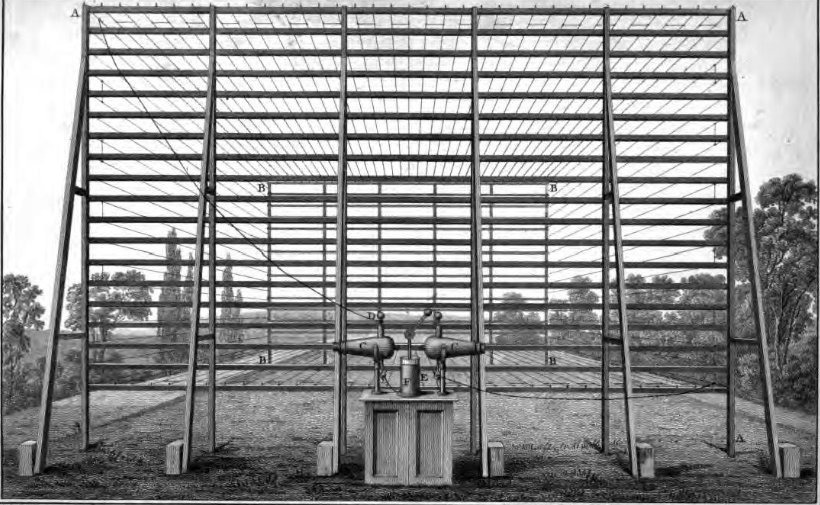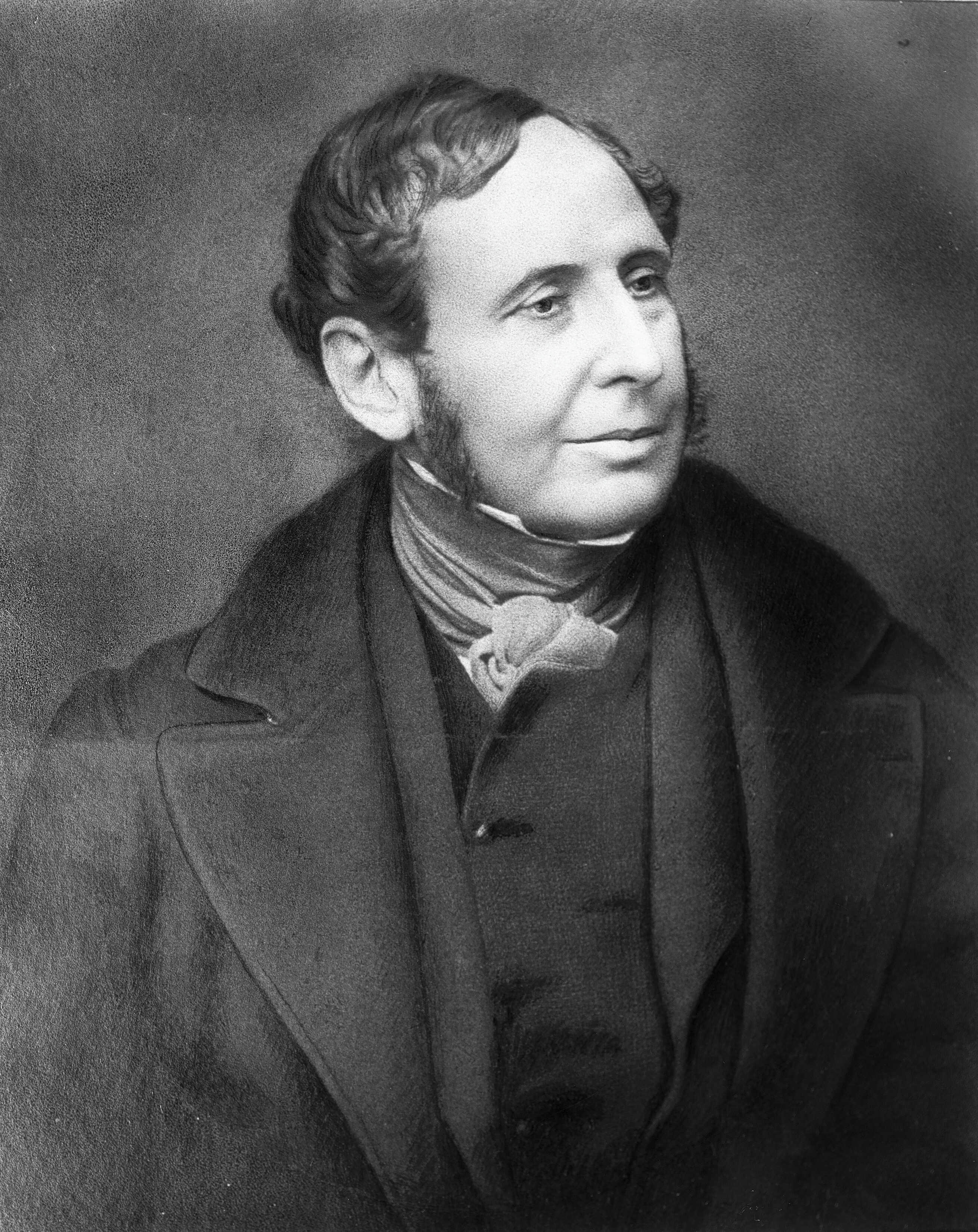|
Thermo-hygrograph
A thermo-hygrograph or hygrothermograph is a chart recorder that measures and records both temperature and humidity (or dew point). Similar devices that record only one parameter are a thermograph for temperature and hygrograph for humidity. Thermographs where the variations are recorded using photography were described by several scientists as early as 1845, including Francis Ronalds who was Honorary Director of the Kew Observatory. An updated model of the initial machine was deployed across the national observational network set up by the new UK Met Office The Met Office, until November 2000 officially the Meteorological Office, is the United Kingdom's national weather and climate service. It is an executive agency and trading fund of the Department for Science, Innovation and Technology and ... in 1867 and coordinated by Kew Observatory. These instruments then saw extended use around the world. An alternative thermograph configuration has a pen that records temp ... [...More Info...] [...Related Items...] OR: [Wikipedia] [Google] [Baidu] |
Chart Recorder
A chart recorder is an electromechanical device that records an electrical or mechanical input trend onto a piece of paper (the chart). Chart recorders may record several inputs using different color pens and may record onto strip charts or circular charts. Chart recorders may be entirely mechanical with clockwork mechanisms, electro-mechanical with an electrical clockwork mechanism for driving the chart (with mechanical or pressure inputs), or entirely electronic with no mechanical components at all (a virtual chart recorder). Chart recorders are built in three primary formats. Strip chart recorders have a long strip of paper that is ejected out of the recorder. Circular chart recorders have a rotating disc of paper that must be replaced more often, but are more compact and amenable to being enclosed behind glass. Roll chart recorders are similar to strip chart recorders except that the recorded data is stored on a round roll, and the unit is usually fully enclosed. Chart record ... [...More Info...] [...Related Items...] OR: [Wikipedia] [Google] [Baidu] |
Temperature
Temperature is a physical quantity that quantitatively expresses the attribute of hotness or coldness. Temperature is measurement, measured with a thermometer. It reflects the average kinetic energy of the vibrating and colliding atoms making up a substance. Thermometers are calibrated in various temperature scales that historically have relied on various reference points and thermometric substances for definition. The most common scales are the Celsius scale with the unit symbol °C (formerly called ''centigrade''), the Fahrenheit scale (°F), and the Kelvin scale (K), with the third being used predominantly for scientific purposes. The kelvin is one of the seven base units in the International System of Units (SI). Absolute zero, i.e., zero kelvin or −273.15 °C, is the lowest point in the thermodynamic temperature scale. Experimentally, it can be approached very closely but not actually reached, as recognized in the third law of thermodynamics. It would be impossible ... [...More Info...] [...Related Items...] OR: [Wikipedia] [Google] [Baidu] |
Humidity
Humidity is the concentration of water vapor present in the air. Water vapor, the gaseous state of water, is generally invisible to the human eye. Humidity indicates the likelihood for precipitation (meteorology), precipitation, dew, or fog to be present. Humidity depends on the temperature and pressure of the system of interest. The same amount of water vapor results in higher relative humidity in cool air than warm air. A related parameter is the dew point. The amount of water vapor needed to achieve saturation increases as the temperature increases. As the temperature of a parcel of air decreases it will eventually reach the saturation point without adding or losing water mass. The amount of water vapor contained within a parcel of air can vary significantly. For example, a parcel of air near saturation may contain 8 g of water per cubic metre of air at , and 28 g of water per cubic metre of air at Three primary measurements of humidity are widely employed: abso ... [...More Info...] [...Related Items...] OR: [Wikipedia] [Google] [Baidu] |
Dew Point
The dew point is the temperature the air needs to be cooled to (at constant pressure) in order to produce a relative humidity of 100%. This temperature depends on the pressure and water content of the air. When the air at a temperature above the dewpoint is cooled, its moisture capacity is reduced and airborne water vapor will Condensation, condense to form liquid water known as dew. When this occurs through the air's contact with a colder surface, dew will form on that surface. The dew point is affected by the air's humidity. The more moisture the air contains, the higher its dew point. When the temperature is below the freezing point of water, the dew point is called the frost point, as frost is formed via deposition (phase transition), deposition rather than condensation. In liquids, the analog to the dew point is the cloud point. Humidity If all the other factors influencing humidity remain constant, at ground level the relative humidity rises as the temperature falls; this ... [...More Info...] [...Related Items...] OR: [Wikipedia] [Google] [Baidu] |
Photography
Photography is the visual arts, art, application, and practice of creating images by recording light, either electronically by means of an image sensor, or chemically by means of a light-sensitive material such as photographic film. It is employed in many fields of science, manufacturing (e.g., photolithography), and business, as well as its more direct uses for art, film and video production, recreational purposes, hobby, and mass communication. A person who operates a camera to capture or take Photograph, photographs is called a photographer, while the captured image, also known as a photograph, is the result produced by the camera. Typically, a lens is used to focus (optics), focus the light reflected or emitted from objects into a real image on the light-sensitive surface inside a camera during a timed Exposure (photography), exposure. With an electronic image sensor, this produces an Charge-coupled device, electrical charge at each pixel, which is Image processing, electro ... [...More Info...] [...Related Items...] OR: [Wikipedia] [Google] [Baidu] |
Francis Ronalds
Sir Francis Ronalds Fellow of the Royal Society, FRS (21 February 17888 August 1873) was an English scientist and inventor, and arguably the first History of electrical engineering, electrical engineer. He was knighted for creating the first working electric telegraph over a substantial distance. In 1816 he laid an length of iron wire between wooden frames in his mother's garden and sent pulses using electrostatic generators. He also is known for creating the first electric clock in 1814. Upbringing and family Born to Francis Ronalds and Jane (née Field), wholesale cheesemongers, at their business premises at 109 Upper Thames Street, London, Thames Street, London, he attended Unitarianism, Unitarian minister Eliezer Cogan's school before being apprenticed to his father at the age of 14 through the Worshipful Company of Drapers, Drapers' Company. He ran the large business for some years. The family later resided in Canonbury Place and Highbury Terrace, both in Islington, at K ... [...More Info...] [...Related Items...] OR: [Wikipedia] [Google] [Baidu] |
Kew Observatory
The King's Observatory (called for many years the Kew Observatory) is a Grade I listed building in Richmond, London. Now a private dwelling, it formerly housed an astronomical observatory, astronomical and Terrestrial magnetism, terrestrial magnetic observatory founded by King George III of Great Britain, King George III. The architect was Sir William Chambers; his design of the King's Observatory influenced the architecture of two Irish observatories – Armagh Observatory and Dunsink Observatory near Dublin. Location The observatory and its grounds are located within the grounds of the Royal Mid-Surrey Golf Club, which is part of the Old Deer Park of the former Richmond Palace in Richmond, Surrey, Richmond, historically in Surrey and now in the London Borough of Richmond upon Thames. The former royal manor of Kew lies to the immediate north. The observatory grounds overlie to the south the site of the former Sheen Priory, the Carthusian monastery established by King Hen ... [...More Info...] [...Related Items...] OR: [Wikipedia] [Google] [Baidu] |
Met Office
The Met Office, until November 2000 officially the Meteorological Office, is the United Kingdom's national weather and climate service. It is an executive agency and trading fund of the Department for Science, Innovation and Technology and is led by CEO Penelope Endersby, who took on the role as Chief Executive in December 2018 and is the first woman to do so. The Met Office makes meteorological predictions across all timescales from weather forecasts to climate change. Although an executive agency of the UK Government, the Met Office supports the Scottish Government, Welsh Government and Northern Ireland Executive in their functions and preparations ahead of intense weather and planning for extreme weather alerts. Met Office policies can be used by each government to inform their planning and decision making processes. The Met Office has an office located in the Scottish capital, Edinburgh, and a forecasting centre in Aberdeen in the north–east of Scotland, which are s ... [...More Info...] [...Related Items...] OR: [Wikipedia] [Google] [Baidu] |





